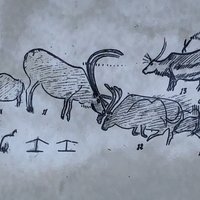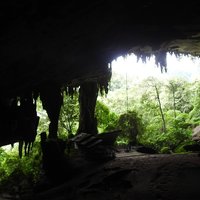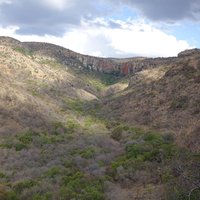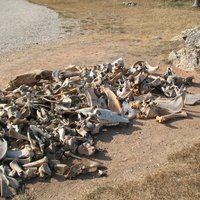Connected Sites
-
"contains 147 prehistoric sites dating from the Palaeolithic and 25 decorated caves. It is particularly interesting from an ethnological and anthropological, as well as an aesthetic point of view because of its cave paintings, especially those of the Lascaux Cave, whose discovery in 1940 was of great importance for the history of prehistoric art."
-
"archaeological component parts located in rock shelters and caves." (AB ev)
-
"The caves and shelters bear witness to the domination of the Neanderthals, to the arrival and expansion of the anatomically modern humans who eventually supplanted the Neanderthals in the valley, and provide insight into the migratory route of human dispersal out of Africa." (AB Ev)
-
"a system of colossal, interconnected caverns and caves that provided shelter for early humans since the Pleistocene" (AB Ev)
-
"comprises a number of fossil-bearing cave deposits which are considered to be of outstanding universal value, because they encapsulate a superbly preserved record of the fauna, including an invaluable record of the stages in the emergence and evolution of humanity, over the past 3.5 million years."
-
"The decorated cave of Pont d’Arc ....... contains the earliest known pictorial drawings, carbon-dated to as early as the Aurignacian period (30,000 to 32,000 BP). The cave was closed off by a rock fall approximately 20,000 years BP"
-
"The caves of the Sierra de Atapuerca contain a rich fossil record of the earliest human beings in Europe, from nearly one million years ago and extending up to the Common Era"
-
Seventeen decorated caves of the Paleolithic age were inscribed as an extension to the Altamira Cave.......The property represents the apogee of Paleolithic cave art that developed across Europe, from the Urals to the Iberian Peninusula, from 35,000 to 11,000 BC








